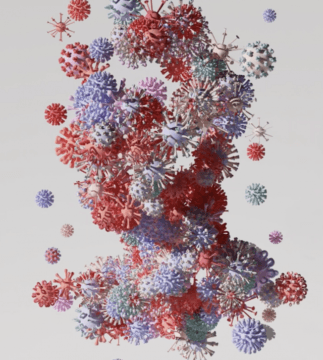Carl Zimmer in the New York Times:
 Last spring, coyotes strolled down the streets of San Francisco in broad daylight. Pods of rarely seen pink dolphins cavorted in the waters around Hong Kong. In Tel Aviv, jackals wandered a city park, a herd of mountain goats took over a town in Wales, and porcupines ambled through Rome’s ancient ruins. As the canals in Venice turned strangely clear, cormorants started diving for fish, and Canada geese escorted their goslings down the middle of Las Vegas Boulevard, passing empty shops displaying Montblanc pens and Fendi handbags.
Last spring, coyotes strolled down the streets of San Francisco in broad daylight. Pods of rarely seen pink dolphins cavorted in the waters around Hong Kong. In Tel Aviv, jackals wandered a city park, a herd of mountain goats took over a town in Wales, and porcupines ambled through Rome’s ancient ruins. As the canals in Venice turned strangely clear, cormorants started diving for fish, and Canada geese escorted their goslings down the middle of Las Vegas Boulevard, passing empty shops displaying Montblanc pens and Fendi handbags.
Nature was expanding as billions of people were retreating from the Covid-19 pandemic. The change was so swift, so striking that scientists needed a new name for it: the anthropause.
But the anthropause did more than reconfigure the animal kingdom. It also altered the planet’s chemistry. As factories grew quiet and traffic dropped, ozone levels fell by 7 percent across the Northern Hemisphere. As air pollution across India dropped by a third, mountain snowpacks in the Indus Basin grew brighter. With less haze in the atmosphere, the sky let more sunlight through.
More here.
